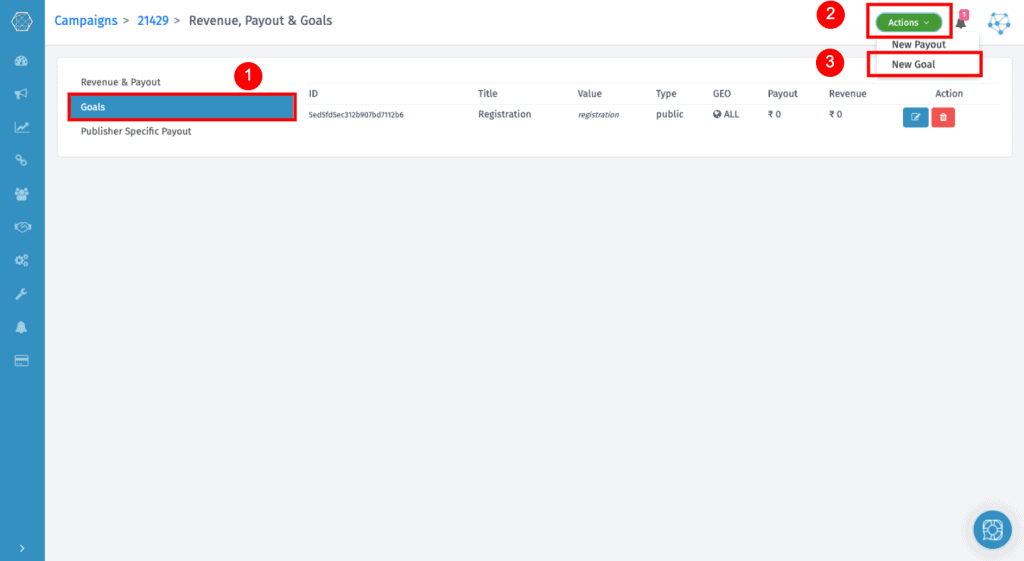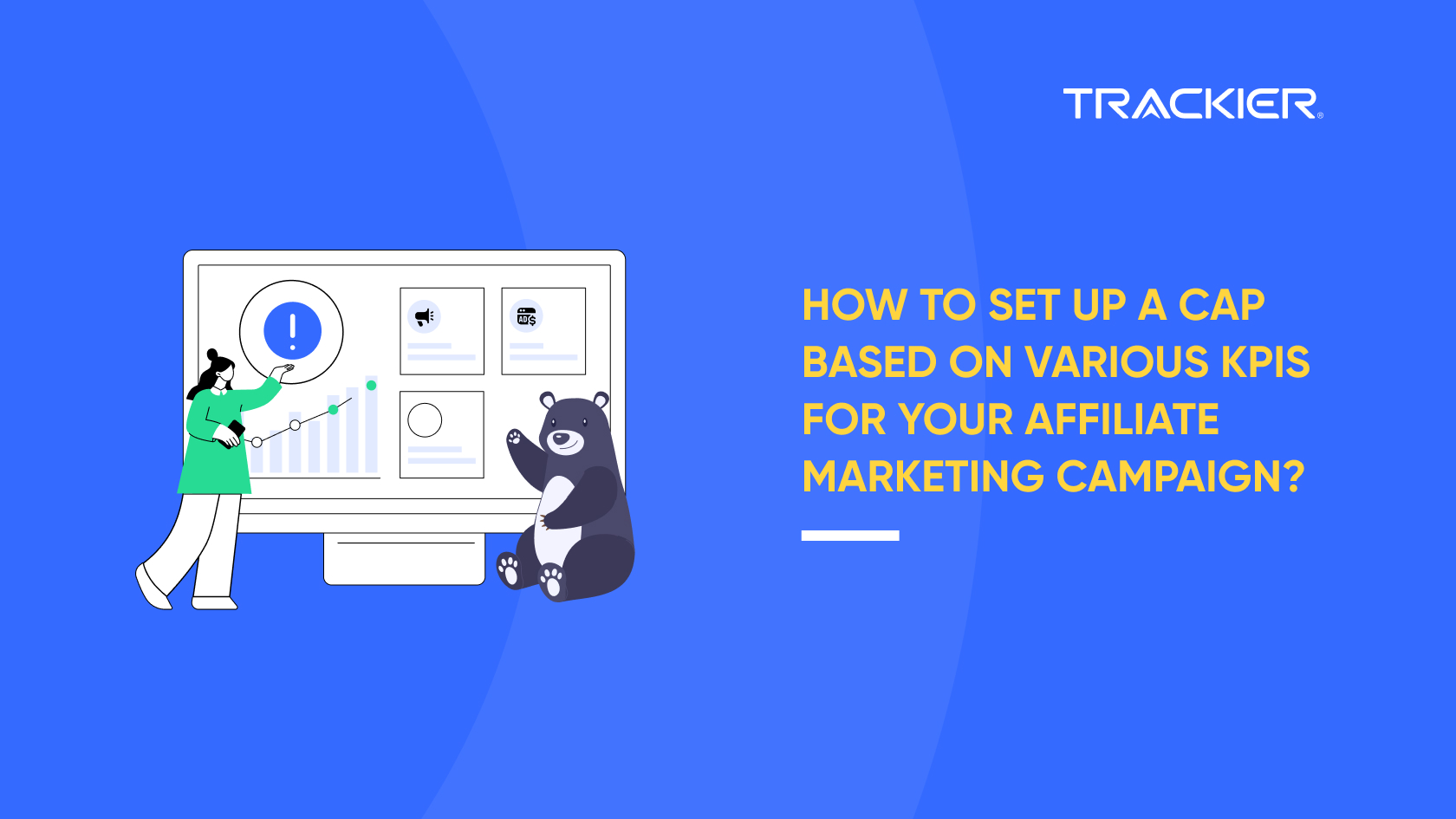While running any affiliate marketing campaign, it is important to realize what all will be the key performance indicators or performance metrics. These matrices will help you understand how the customer/ user is interacting with your product & accordingly analyze the performance of your campaign.
As you are setting up the KPIs of your affiliate marketing campaign, it is important to set up the goals & event tracking for your performance marketing campaign to get a clear picture of the various touchpoints where the customer attributes a certain event which can lead to a possible sale or a possible customer acquisition. This in turn helps you set up the campaign’s payout structure and overall regulations to help you monitor the performance of every partner or any other traffic-generating source.
Understanding The Use Case
Affiliate Marketing Campaign runners set up Goals & Events for their campaigns to record conversions at different stages. For Eg: If the default conversion for a CPI campaign is installed but the advertiser wants to track attributions such as in-app transactions & purchases then they will set up an additional goal of the transaction will be created on the campaign page.
Campaign goals are primarily used when the advertisers want to pay the publisher for the multiple events & KPIs successfully achieved by the traffic sent in by the publisher. For eg:
Recurring sales or account upgrades after registering or any transactions are done, etc.
Other important use cases:
- Track Multiple goals for a single campaign.
- Set Payout and Revenue based on Goals.
- Apply CAP based on goals.
Steps To Follow For Goal & Event Tracking Setup for your Affiliate Marketing Campaigns
Step 1
After fetching the campaign through the API, you will find the section of Revenue and Payout on your panel. The Goals can be created via the Manage Payout and Goals section as shown below.

Step 2
You will find the Goal tab in the middle of the Bar. You can access the already created goals from there as well. To create a new goal Click on the Action at the top right and click on New Goal.

Step 3
You will be redirected towards the page where the necessary details are required to add a goal. Fill in the details and hit the Save button to complete the process.

Goal Details
- Goal Title: This is a mandatory field which will contain the name of the goal you want to set up.
- Goal Value: The Goal value should be the value given by your advertiser to save. This value is saved in the postback as well for successful recordings of goals/events.
- Goal Type: You can select whether you want to keep the goal in public visibility or private visibility. You can also specify the goal for a particular publisher.
- Goal Payout Model: The payout model for the goal can be decided and selected accordingly. It can be either fixed commission or percentage.
- Track Multiple Conversion: if you want to track multiple conversion with the same click ID then you can select one of the options.
- Yes: Then all the conversion with the same click id will be recorded Uniquely.
- Yes with txn_id: If you added txn_id parameter in a postback and getting unique id in that then you track multiple conversion with the same click_id
- NO: To override txn_id and not track multiple conversion with the same click id
Payout & Revenue
- Coverage: You can setup the Geo’s in which the goal will work.
- Revenue: Add the revenue that you are getting for this goal from the advertiser.
- Payout: Add the payout that you want to give to your publisher for successfully recording the goal.
Please note that once the Goal is created you can generate Event postback and share it with the advertiser, check the steps to achieve that from here. To know more about goals & event setup for your Affiliate marketing Campaign check out our article or reach out to us at support@trackier.com.








